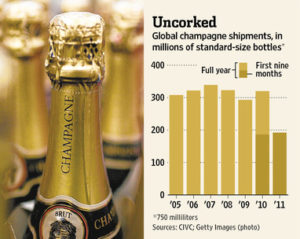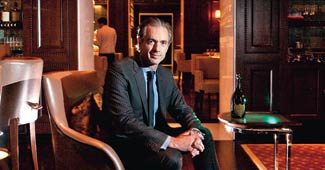French luxury group Louis Vuitton Moët Hennessy (LVMH) has appointed Berta de Pablos-Barbier as its CEO for its Champagne houses Moët & Chandon, Dom Pérignon and Mercier.
With current CEO Stephane Baschiera stepping down in the New Year, his place will be taken by Berta de Pablos-Barbier, currently an executive at Mars Wrigley.
Pablos-Barbier will take on her new role on January 1st, with Baschiera staying on until the end of that month to aid the handover.
Baschiera has spent 24 years at Moët Hennessy, the last eight as head of Moët & Chandon, Dom Pérignon and Mercier. Pablos-Barbier meanwhile has degrees in agricultural engineering and food sciences from the University of Valencia and the IFM’s executive MBA in Global Fashion Management. She is currently chief growth officer at Mars having previously held senior positions at Boucheron and Lacoste.
Philippe Schaus, chief executive and CEO of Moët Hennessy said: “I am delighted to welcome Berta de Pablos-Barbier to the management of Moët & Chandon, Dom Pérignon and Mercier. Thanks to her initial training in agronomy, Berta will be able to understand the field of viticulture and winemaking.
“Alongside Stéphane Baschiera, she will devote the whole month of January to this integration in order to ensure perfect continuity in the management of our three houses. I am convinced that, with the support of her teams, she will play a decisive role in the development of Moët & Chandon, Dom Pérignon and Mercier.”
The group’s other Champagne houses, Krug, Ruinart and Veuve Clicquot, all have their own CEOs, with Pablos-Barbier now the second female CEO alongside Krug’s Maggie Henríquez.






